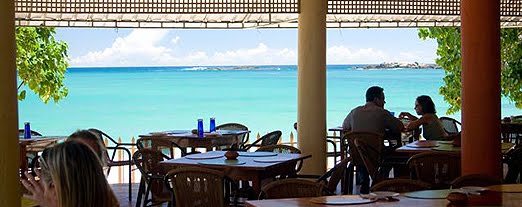In my previous article, I discussed the two strategies, resident and migratory adopted by individual whales. The notion that Blue Whales for whale watching were present all year found favour with some at the start of 2010. Some people, especially those in tourism in particular wanted to believe in this. With the opening of the east coast, they thought that this opened up Blue Whale watching in Sri Lanka all year round.
In August 2010 speaking with a British wildlife tour leader who was about to bring a Blue Whale watching trip to Trincomalee in August, I reminded him of the Anderson hypothesis that most of the Blue Whales should almost all be in the Arabian Sea by then. I also drew his attention to something else Dr. Anderson had pointed out. Although it is the season in Trincomalee during this time, the south-west monsoon with its powerful offshore winds creates rough conditions the further out to sea one travels, on the East coast as well. However, where the wind meets the water first, on the Eastern shoreline, it is relatively calm.
 |
In April 2010, the eco-tourism teams of John Keells followed by Jetwing were amongst the first to go out to sea for several sailings. I was on a game drive in Yala with Chitral Jayathilake of John Keells (with Dr. Anderson due to arrive in the park for a leopard safari) when Nilantha Kodituwakku, one of his naturalists phoned in to say he had photographed Blue Whales.
